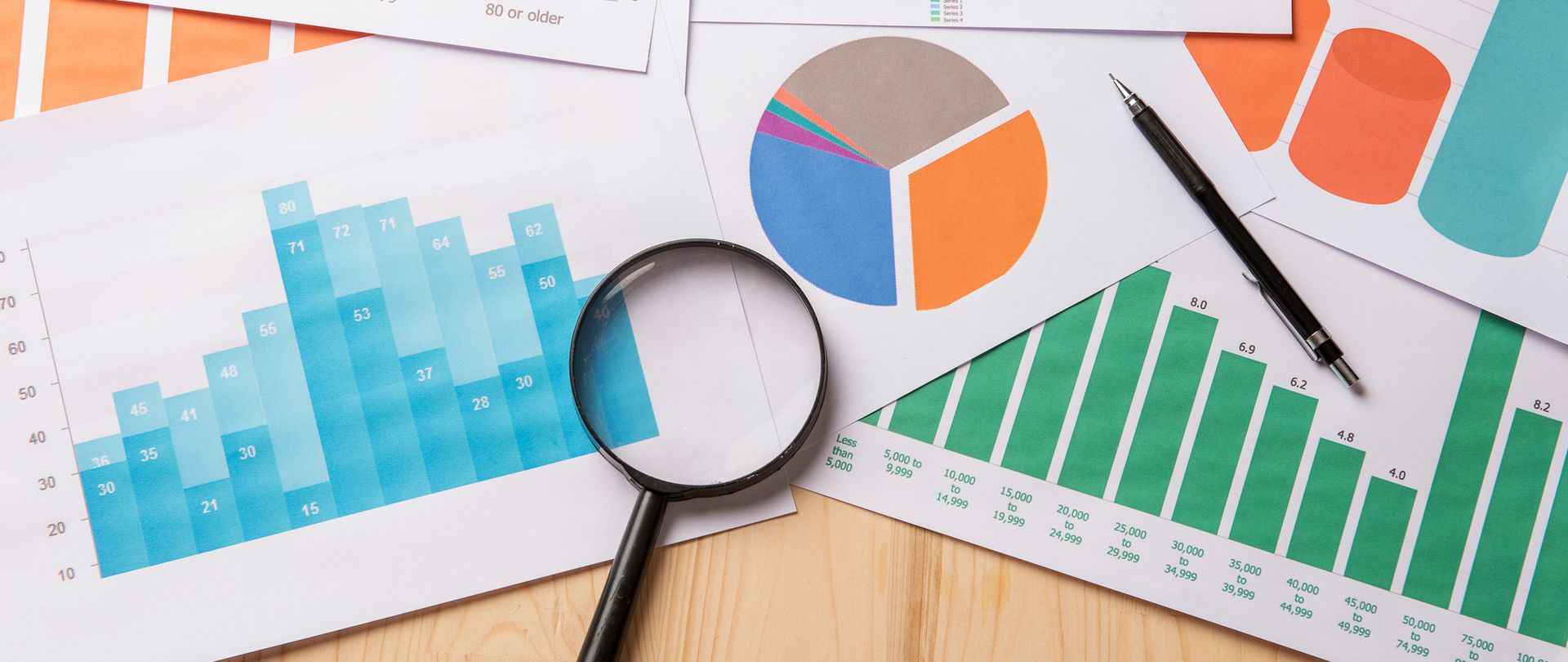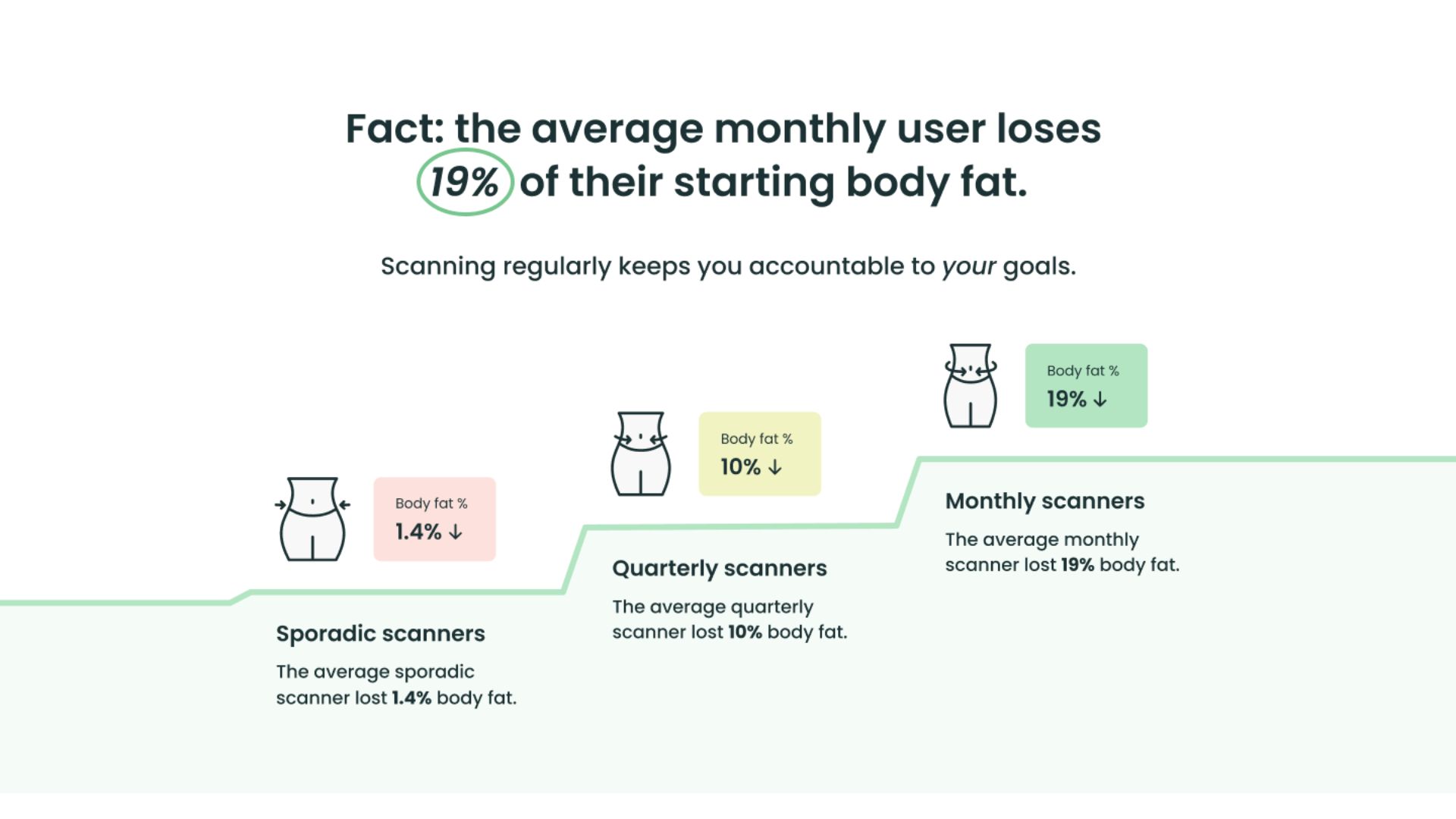Visceral Fat Percentile Charts


Visceral fat mass is one of the data points that you may be able to learn from your BodySpec DEXA scan.
Typically, when you think of fat, you think of the stuff you can pinch under your skin. This layer of fat is known as subcutaneous fat. However you may feel about your subcutaneous fat, it does play a number of beneficial roles, including being critical for hormonal function, energy storage, and insulation. We all need a certain amount of subcutaneous fat to survive.
Body Fat Index Calculator

Enter your height, weight, and body fat percentage to calculate your BFI
Your BFI is
0.00
Your BFI equals your fat mass in kilos divided by your height in meters squared.
Sorry, we don't have an image that matches your query.
On the other hand, visceral fat is a type of fat stored within the abdominal cavity, specifically underneath the abdominal muscle layer. Compared to subcutaneous fat, research suggests that visceral fat is hormonally active. It can be thought of as an endocrine organ or gland, releasing proteins that contribute to inflammation, hypertension, and atherosclerosis.
As such, high levels of visceral fat are associated with an increased risk of metabolic complications such as heart disease and type 2 diabetes.
Because visceral fat cannot be visually observed, understanding how much you have in your abdomen can give you an understanding of your risks. The lower your visceral fat amount, the better!
BodySpec Client Population Visceral Fat Distribution
After scanning over 60,000 clients, we thought it would be interesting to look at how visceral fat mass compares across gender and age groups in our client population. We've gone ahead and compiled some percentile charts to showcase the distribution.
When looking at these numbers, we ask you to keep a few important things in mind.
- These tables are generated from an aggregation of BodySpec client data.
BodySpec clients typically seek out our services in conjunction with the desire to improve their health. As such, our client base is fundamentally health-conscious. Geographically, our client base is largely composed of individuals from major cities on the West Coast. As such, our population profile may not necessarily reflect that of the country as a whole.
- These figures are solely observational.
While the data may trend in a certain direction, readers should be cautious about attributing causality when they see a correlation in the numbers. We simply collected all of the visceral fat data we had and analyzed how it was distributed via percentiles. We did not perform any controlled studies that would allow us to test a causal relationship between visceral fat amounts and any other factors.
Male Visceral Fat Chart
| Age Range | In the _ Percentile | 15% | 35% | 65% | 85% | Mean |
|---|---|---|---|---|---|---|
| 19-25 | Visceral Fat in lbs | 0.12 | 0.34 | 0.72 | 1.33 | 0.74 |
| 26-32 | Visceral Fat in lbs | 0.23 | 0.52 | 1.07 | 1.92 | 1.05 |
| 33-40 | Visceral Fat in lbs | 0.37 | 0.77 | 1.62 | 2.79 | 1.53 |
| 41-50 | Visceral Fat in lbs | 0.56 | 1.12 | 2.29 | 3.71 | 2.07 |
| 51-60 | Visceral Fat in lbs | 0.75 | 1.44 | 2.88 | 4.49 | 2.56 |
| 60+ | Visceral Fat in lbs | 0.93 | 1.82 | 3.44 | 5.08 | 2.93 |
Female Visceral Fat Chart
| Age Range | In the _ Percentile | 15% | 35% | 65% | 85% | Mean |
|---|---|---|---|---|---|---|
| 19-25 | Visceral Fat in lbs | 0.02 | 0.16 | 0.46 | .93 | 0.55 |
| 26-32 | Visceral Fat in lbs | 0.04 | 0.20 | .54 | 1.12 | .64 |
| 33-40 | Visceral Fat in lbs | 0.09 | 0.28 | .71 | 1.46 | .80 |
| 41-50 | Visceral Fat in lbs | 0.16 | .40 | 1.03 | 1.96 | 1.05 |
| 51-60 | Visceral Fat in lbs | 0.25 | .59 | 1.39 | 2.44 | 1.32 |
| 60+ | Visceral Fat in lbs | 0.47 | .92 | 1.82 | 2.85 | 1.63 |
To learn more, join a FREE BodySpec Health Hangout today!
Visceral fat can be difficult to measure. But we're here to help. Regular DEXA scans can help you uncover your visceral fat and track change over time. Plus, BodySpec monthly members lose an average of 19% of their body fat.

Additional Resources About Visceral Fat
-
This Harvard Medical School publication gives a great overview of visceral fat and why it's dangerous.
-
This study found that certain levels of visceral fat accumulation were associated with elevated risks of metabolic coronary heart disease.
-
A 2012 study found that for every 10g increase in soluble fiber intake, rate of visceral fat accumulation decreased by 3.7%.
-
A 2010 sleep study found that for people younger than 40 years of age, getting less than 5 hours of sleep was associated with increased visceral fat.
-
This nutrition study found that eating more whole grains was associated with lower visceral fat, compared to eating more refined grains which was associated with higher visceral fat.


..jpg)